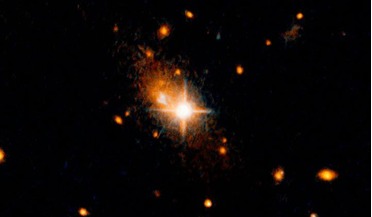 24 March 2017
Gravitational waves expel black hole from galaxy centre
24 March 2017
Gravitational waves expel black hole from galaxy centre
... parent galaxy by these ripples in space-time. By using the NASA/ESA Hubble Space Telescope, an international team of astronomers have...object, the researchers are hoping to use other telescopes such as the Atacama Large Millimetre/Submillimetre Array ...
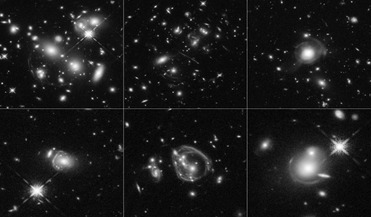 07 June 2017
Rare, massive, starburst galaxies captured in detail by Hubble
07 June 2017
Rare, massive, starburst galaxies captured in detail by Hubble
The Hubble Space Telescope has given astronomers an unprecedented view of some of... enshrouds the host galaxies. While visible light is effectively blocked from our telescopes making it very difficult to detect them, the galaxies shine brightly in ...
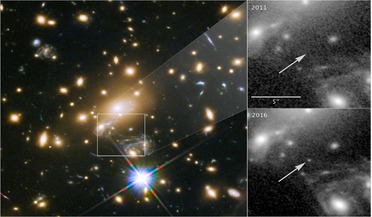 03 April 2018
Astronomers unexpectedly find the most distant star ever discovered
03 April 2018
Astronomers unexpectedly find the most distant star ever discovered
... normal and Hubble just happened to be poking around in the same galaxy looking for something else. The space telescope had originally been set up to observe a gravitationally lensed supernova explosion nicknamed “Refsdal” in the galaxy cluster MACS...
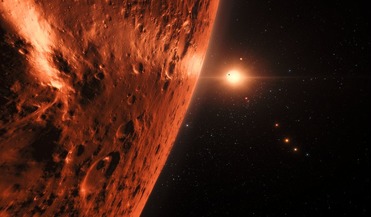 01 September 2017
TRAPPIST-1 planets could contain substantial amounts of water
01 September 2017
TRAPPIST-1 planets could contain substantial amounts of water
...once it is broken up, the very light hydrogen atoms can escape the exoplanets’ atmosphere. Instruments such as the Space Telescope Imaging Spectrograph (STIS) onboard Hubble can then be used to detect the departing hydrogen. The amount of ultraviolet...
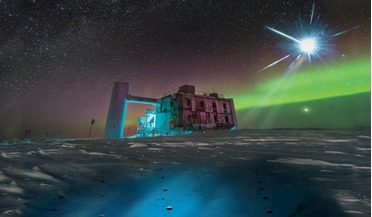 13 July 2018
Neutrino discovery helps resolve a century-old riddle
13 July 2018
Neutrino discovery helps resolve a century-old riddle
... source of neutrinos, IceCube directed its corroborators, NASA's orbiting Fermi Gamma-ray Space Telescope and the Major Atmospheric Gamma Imaging Cherenkov Telescope, or MAGIC, in the Canary Islands, to the blazers coordinates, after a single very...
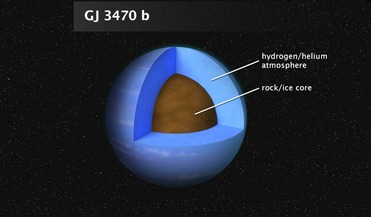 03 July 2019
New study reveals detailed exoplanet atmosphere
03 July 2019
New study reveals detailed exoplanet atmosphere
... of light as Gliese 3470 b passes in front of its star (transit) and then behind it (eclipse). All totalled, the space telescopes observed 12 transit events and 20 eclipses - enough to distinguish what chemical compounds were rife on the planet. "For...